Recessed lights in bedroom, yes or no?
doorih
7 years ago
Featured Answer
Sort by:Oldest
Comments (37)
freeoscar
7 years agosheloveslayouts
7 years agoRelated Discussions
Recessed light layout in bedroom
Comments (0)I could use help figuring out where to put recessed lights in my weirdly-shaped bedroom--if anywhere! The room gets almost no natural light during the day. I am planning to get a ceiling fan installed that has a light kit, but those tend to have a 16 or 18 watt LED, which I don't think will be enough ambient light for the whole room. I'm also getting pendant lights put in on either side of the bed, but they will most likely be task lighting that points only downward. I'd thought of putting two small recessed lights above the bed close to the wall. Is that enough? Should something go above the dresser or by the mirror (at the bottom of the image, between the two closets)?...See MoreRecessed Lighting in Bedroom - Too Bright - Need Options
Comments (1)What type of light bulbs are you using? Have you thought to install a new trim called an "eyeball" or "directional"? Could you post pictures of the space? People often request help without photos but it is rather hard for us to help without them, seeing a space lets you know what the challenge is through your own eyes, its very helpful....See MoreKids Bedroom lighting recess lighting vs single fixture
Comments (1)single light will be find, just get one that is LED or has three sockets, put in a dimmer switch....See MoreWhere to position recessed lights in a bedroom with sloping ceiling
Comments (2)I know you didn't ask... do you need recessed lighting in the bedroom? I have reading lamps on my bedside tables, but don't ever need overhead lighting when I'm going to bed or getting up......See MoreLampert Dias Architects, Inc.
7 years agoarialvetica
7 years agoalley2007
7 years agokirkhall
7 years agoUser
7 years agolast modified: 7 years agoscone911
7 years agoRenee Texas
7 years agomushcreek
7 years agoSpringtime Builders
7 years agoUser
7 years agolast modified: 7 years agoVirgil Carter Fine Art
7 years agoUser
7 years agomojomom
7 years agoworthy
7 years agolast modified: 7 years agohomechef59
7 years agoontariomom
7 years agormverb
7 years agoUser
7 years agolast modified: 7 years agoontariomom
7 years agoSpringtime Builders
7 years agolast modified: 7 years agoPeter
7 years agomushcreek
7 years agoUser
7 years agolast modified: 7 years agoontariomom
7 years agoUser
7 years agoVirgil Carter Fine Art
7 years agoS Rodriguez
7 years agoontariomom
7 years agolast modified: 7 years agoUser
7 years agohomepro01
7 years agolast modified: 7 years agoSpringtime Builders
7 years agoTony & Lisa Griffith
5 years agoSpringtime Builders
5 years agolast modified: 5 years agoHU-929077980
3 years ago
Related Stories
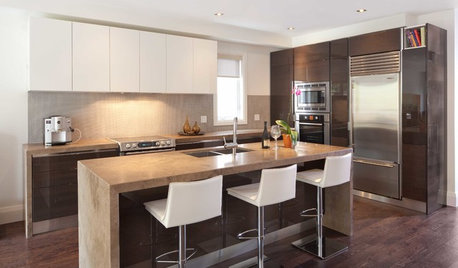
LIGHTINGGet Your Home's Recessed Lighting Right
Learn the formula for how much light a room needs plus how to space downlights, use dimmers and more
Full Story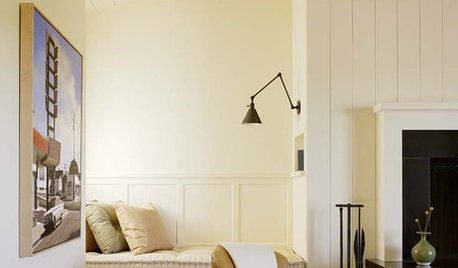
LIGHTINGNew Classics: The Boston Library Light
These swing-arm sconces save space, focus the light and look great in kitchens, bedrooms and, yes, libraries of all styles
Full Story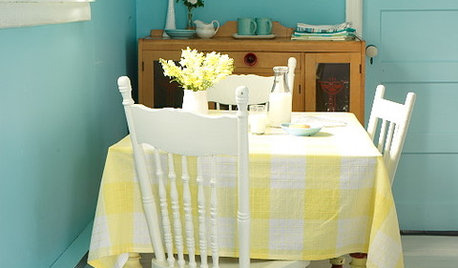
BOLD COLORBold Color: Yes You Can!
Get ideas for lots of vibrant color around the house from 5 fearless designers and homeowners
Full Story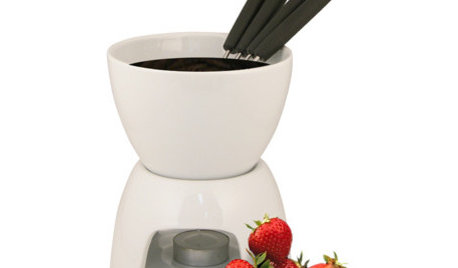
Guest Picks: Winter (Yes, Winter) Warmers
For folks in the Southern Hemisphere, July is right in the heart of winter. Warm up with 20 ways to make your home as cozy as can be
Full Story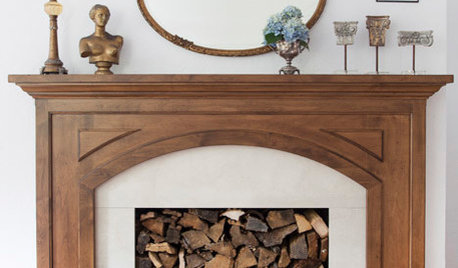
LIVING ROOMS8 Reasons to Nix Your Fireplace (Yes, for Real)
Dare you consider trading that 'coveted' design feature for something you'll actually use? This logic can help
Full Story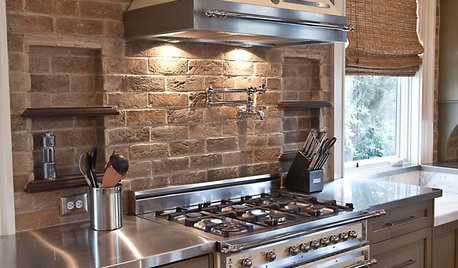
KITCHEN DESIGNYes, You Can Use Brick in the Kitchen
Quell your fears of cooking splashes, cleaning nightmares and dust with these tips from the pros
Full Story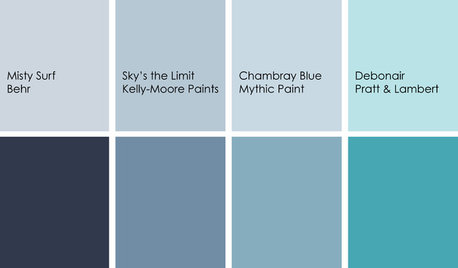
DECORATING GUIDESColor Feast: Yes, You Can Use Blue in the Dining Room
The sky's the limit for beautiful blues in your home's dining spaces; here's how to make it work
Full Story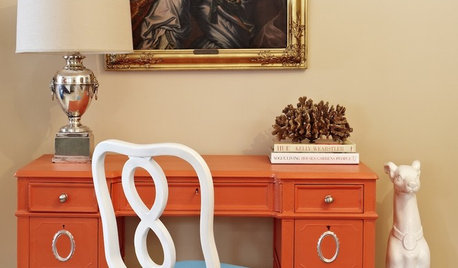
COLOROrange for Fun — and Yes, Versatility — Around the House
It may never be the new black in anything but prison shows, but orange can dramatically increase your home's energy level
Full Story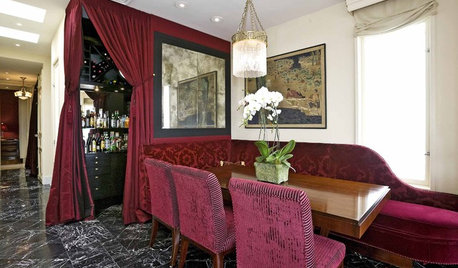
Yes, Please: Parisian Hotel Flair
Bring on the Bling to Recreate the City of Romance at Home
Full Story


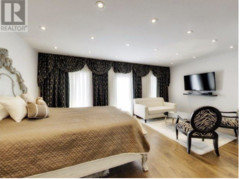

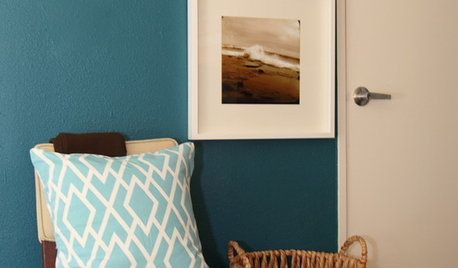

chispa